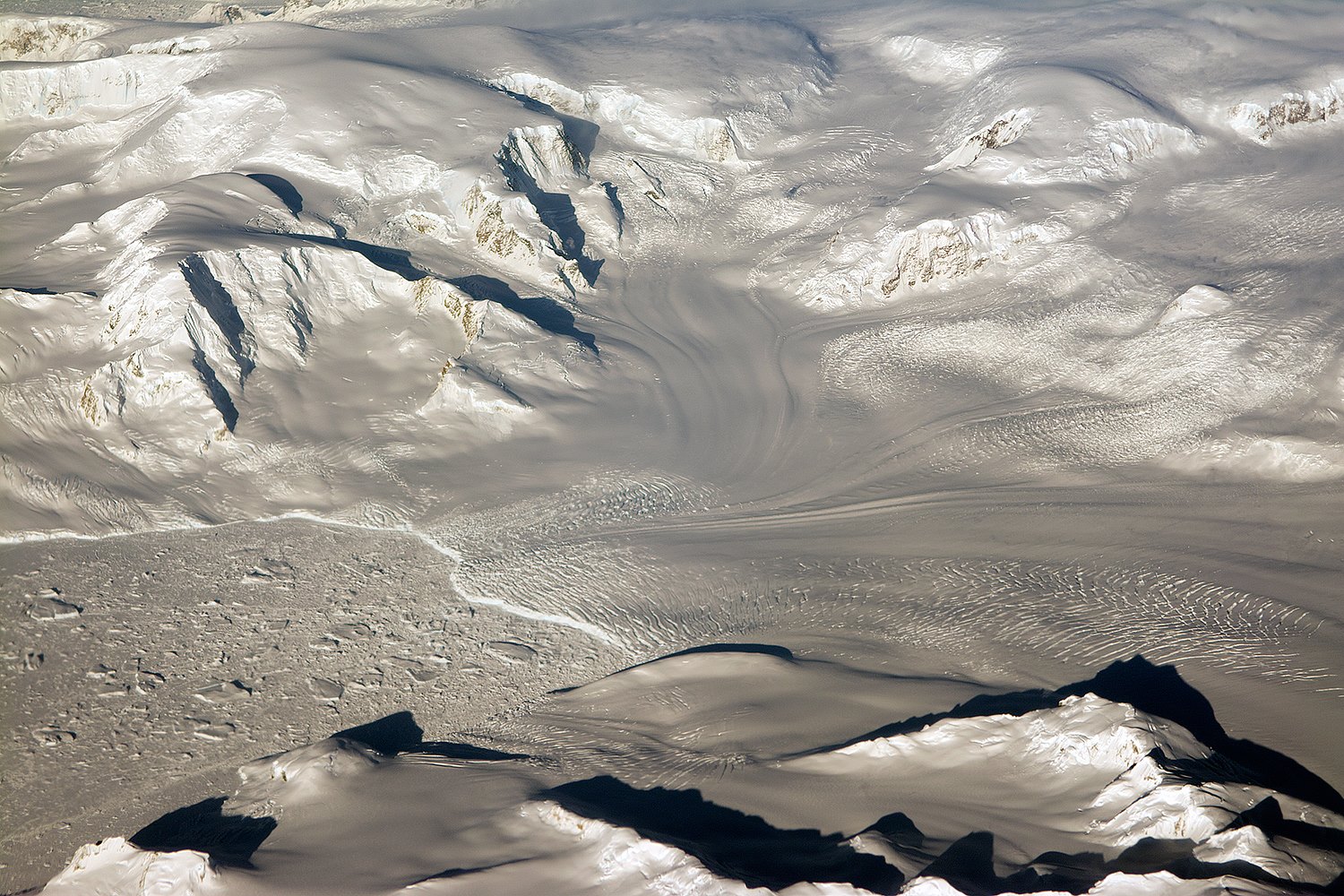
The fastest-melting region of Antarctica is doing so at a rate triple that of a decade ago, according to a new analysis, making it the largest area contributor to the rise in sea level.
The findings of the 21-year study by scientists from NASA’s Jet Propulsion Laboratory and the University of California, Irvine offer the most precise estimates yet of just how fast glaciers in West Antarctica’s Amundsen Sea Embayment are melting. Scientists determined the rate by taking several radar, laser and satellite measurements of the glaciers’ mass to measure changes over time; between 1992 and 2013, they lost an average of 91.5 billion U.S. tons per year, or what they calculated as the equivalent of losing the water weight of Mt. Everest every two years.
“We have an excellent observing network now,” Isabella Velicogna, a co-author of the study, said in the statement. “It’s critical that we maintain this network to continue monitoring the changes, because the changes are proceeding very fast.”
The findings will provide a greater understanding of glaciers and ice sheets, which the researchers labeled the biggest uncertainties in predicting future sea levels. Previous studies have also examined Greenland, where NASA scientists have witnessed for years “unprecedented” melting of its ice sheet surfaces.
More Must-Reads from TIME
- Inside Elon Musk’s War on Washington
- Introducing the 2025 Closers
- Colman Domingo Leads With Radical Love
- Why, Exactly, Is Alcohol So Bad for You?
- The Motivational Trick That Makes You Exercise Harder
- 11 New Books to Read in February
- How to Get Better at Doing Things Alone
- Column: Trump’s Trans Military Ban Betrays Our Troops
Contact us at letters@time.com